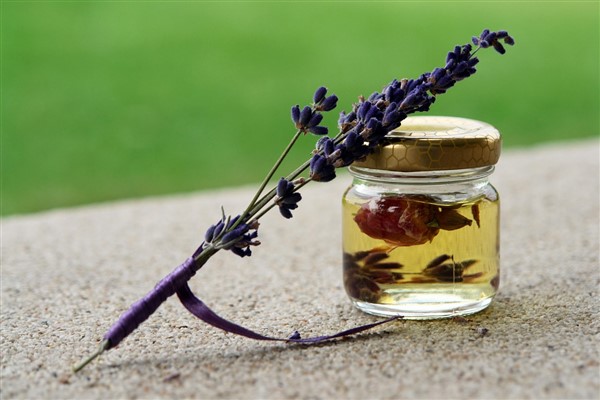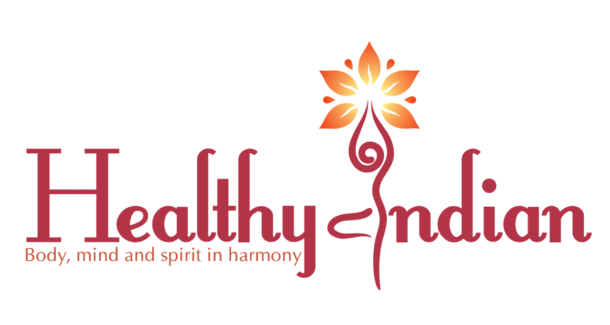As a kid, I spent my summers running around outside, and I always encouraged my children to do the same. Now that they’re grown, I’m rarely indoors this time of year—you’ll find me in my garden, tending the chickens, walking the dogs, riding horses, and generally immersing myself in the beauty of the season. Unfortunately, summer adventures sometimes lead to not-so-fun stuff like bug bites and stings as well as scrapes, scratches, and bumps. That’s why I like to make sure my medicine cabinet is always stocked with homemade healing remedies. Here are some of my favorite recipes that you can use to create your own herbal first aid kit.
T’s Wound Salve
This salve has been a mainstay in my practice and in my home for decades. Minor wounds heal faster and with less scarring.

- 10 grams goldenseal root or barberry root bark
- 10 grams calendula flowers
- 5 grams yarrow flowering tops
- 5 grams echinacea root
- 240 milliliters olive, grapeseed, or sunflower seed oil (carrier oil)
Grind your herbs, put them into a glass jar, and add the carrier oil. Let it steep for 2 to 4 weeks. Strain, retain the oil, and compost the herbs.
Here’s a little variation on the salve that features raw honey.
- 2 ounces grated beeswax
- 4 ounces raw honey
- 50 drops of tea tree oil
- 1 teaspoon vitamin E oil (optional)
Put the strained oil in a double boiler and slowly add grated beeswax, while gently stirring. Check and adjust for consistency. Remove from the heat. As it begins to harden, stir with an electric handheld blender until it is smooth. Let it cool for another 5 minutes, blending periodically. Then add your raw honey, vitamin E oil, and tea tree oil and continue mixing for an additional minute. Pour into salve containers and store in a dark, cool place.
How to Use: This salve is amazing for any kind of minor cut, scrape, or burn. It is an all-purpose healing first aid salve.
Arnica Tincture
This should be a first aid remedy in all households. We use a lot of arnica tincture on the ranch. It can be mixed with clay for bug bites or used as a compress for strains and sprains. I even rub it on my mare’s tendons after a long ride. Remember to keep it out of reach of children! Some folks can be sensitive to arnica when applied topically—discontinue if it causes a rash.

- 25 grams Arnica montana flowers
- 125 milliliters menstruum, 40 to 50 percent alcohol
Grind arnica flowers to a coarse powder and put them in a widemouthed jar. Add vodka. Stir to make sure that the spoon moves freely. If necessary, add another 25 milliliters of vodka. Put a lid on tightly and shake daily for 2 to 4 weeks. Strain the contents of the jar through a muslin cloth. Store the liquid in a dark glass bottle. Label: EXTERNAL USE ONLY. Compost the remaining herb.
How to Use: Put 30 milliliters of tincture in 300 milliliters of water and apply as a compress to sprains, strains, painful spider bites, or any acute injury where there is pain and swelling. It should not be used on open wounds, however, as it is only for topical use. Or you can use directly on a small insect bite.
Clay Paste
I have used this Clay Paste so many times; it is amazingly fast and powerful for reducing pain and swelling from stings and bites.

- 2 tablespoons bentonite or French green clay
- 5 drops lavender essential oil
- ½ teaspoon arnica tincture
- 3 tablespoons water
Mix the arnica tincture, lavender essential oil, and water. Add slowly to the clay to make a paste. The clay helps draw out the venom from the sting and gets rid of the itch. The lavender essential oil and arnica dramatically relieve the swelling and pain.
How to Use: Apply the paste to the affected area. Cover it with plastic wrap or gauze for 30 minutes. Repeat this in 4 to 6 hours if needed.
Vinegar Wash
If you think you have been exposed to an irritant like poison ivy, I suggest using a vinegar wash to remove as much of the irritant as possible. Apple cider vinegar is a versatile, neutralizing agent. Some recommend using it undiluted, but I’ve found it can be irritating to skin that is already red and inflamed.

- 1 cup apple cider vinegar
- 2 cups water
Mix both ingredients together.
How to Use: Rinse the area with the vinegar wash to remove as much of the irritant as possible. Let your skin dry.
Oatmeal Relief
By using just two common ingredients in your kitchen, you can provide your family with an amazing anti-itch remedy. Use it in the tub to soothe mosquito bites or poison ivy or make it into a paste and apply to a bad bug bite. Totally safe and effective!

- 4 cups oatmeal, powdered
- ½ cup baking soda or cornstarch
Grind the oatmeal into as fine a powder as you can in a blender or electric coffee grinder. Pour the powder into a jar and add baking soda or cornstarch. Mix well. Put on a lid, label, and store in a dark cupboard.
How to Use: This mixture can be made into a paste and applied topically or added to a bath for itch relief. For more nasty rashes, like poison ivy/ oak/ sumac, I recommend adding a couple tablespoons cool water to ½ cup Oatmeal Relief to make a paste. Spread a thin coat over the affected area, cover it with plastic wrap or a towel, and let it dry for 30 to 60 minutes. (You don’t need the plastic wrap; it just keeps the poultice from falling off and making a mess!) Rinse off the paste with cool or tepid water. Hot water will make you itch. Repeat as often as necessary to relieve itching and inflammation. For a bath, mix 1 cup Oatmeal Relief into your bathwater. Make sure the bath is warm, not hot. Soak for 20 to 30 minutes. Repeat as necessary.
Note: For those with celiac disease or gluten intolerance, oatmeal can be safely used on the skin.



